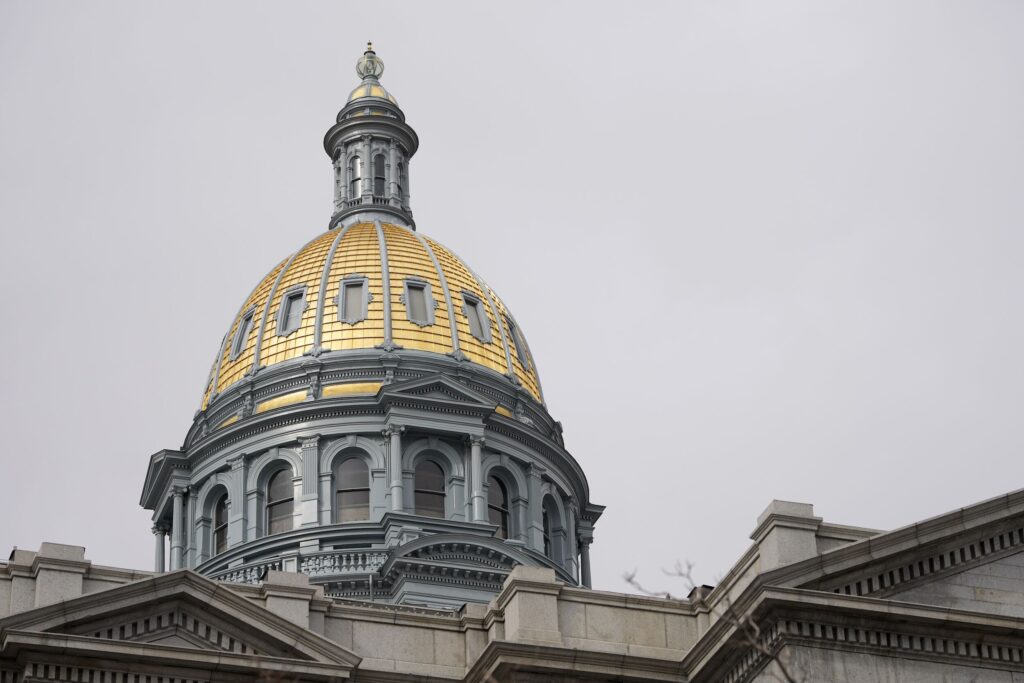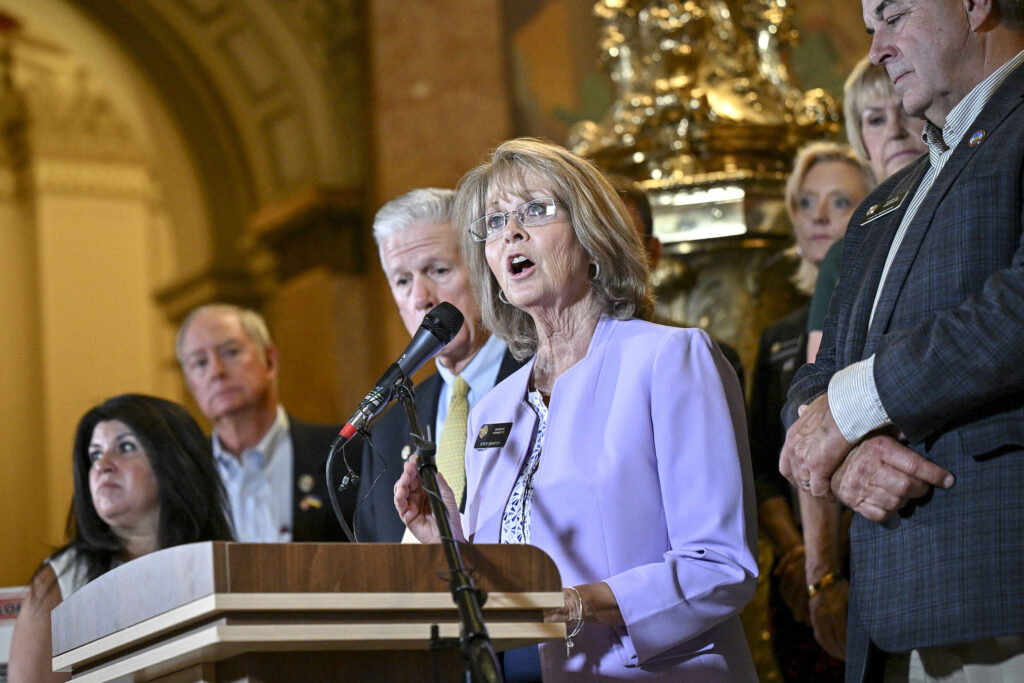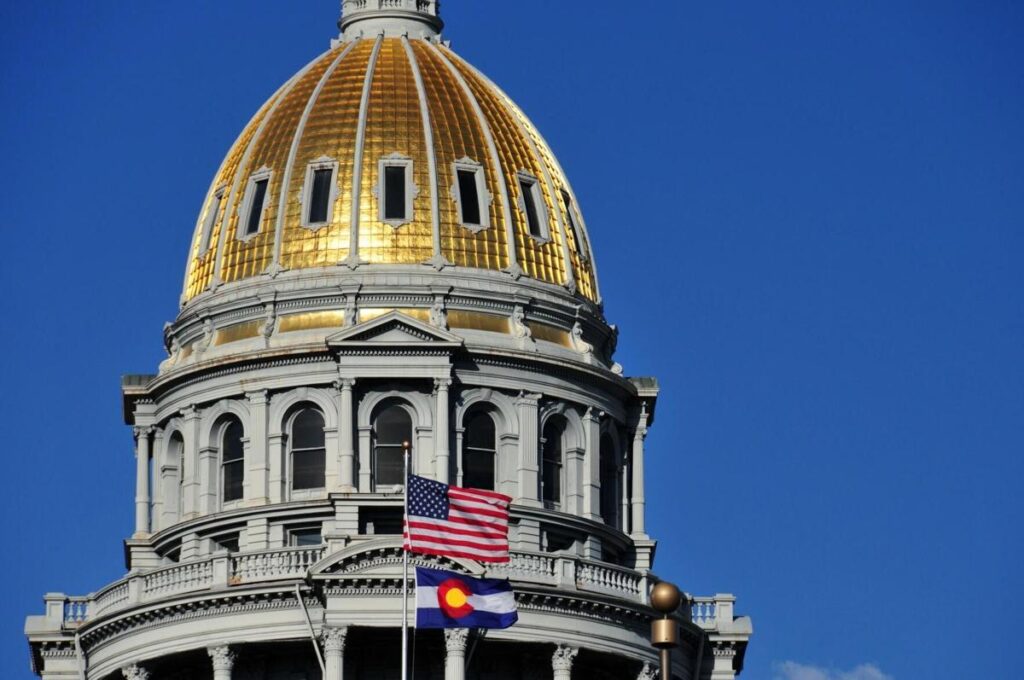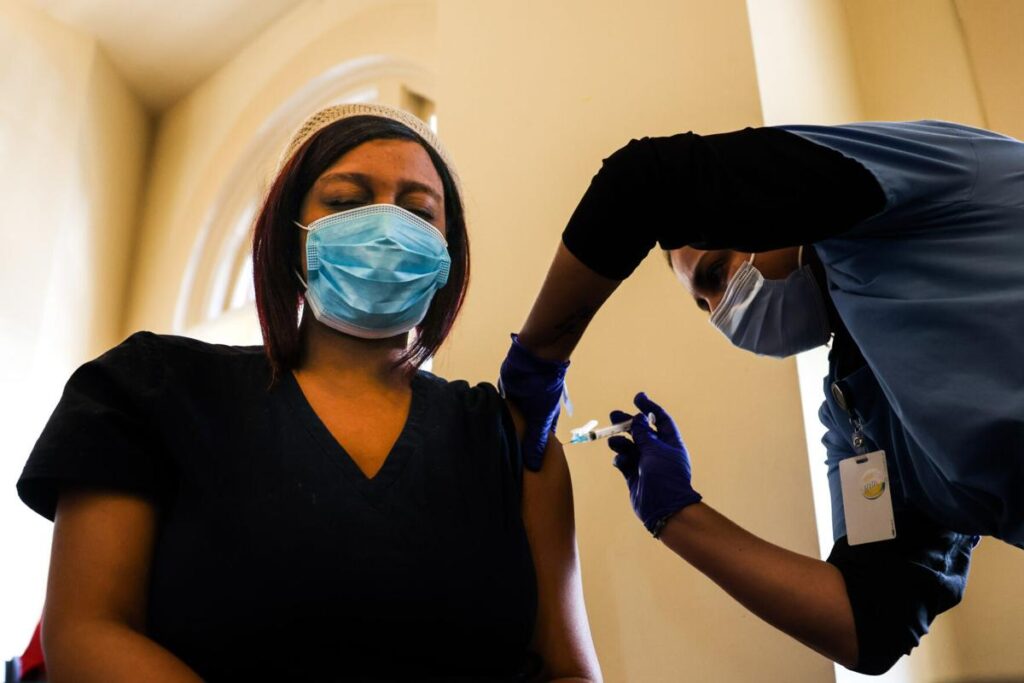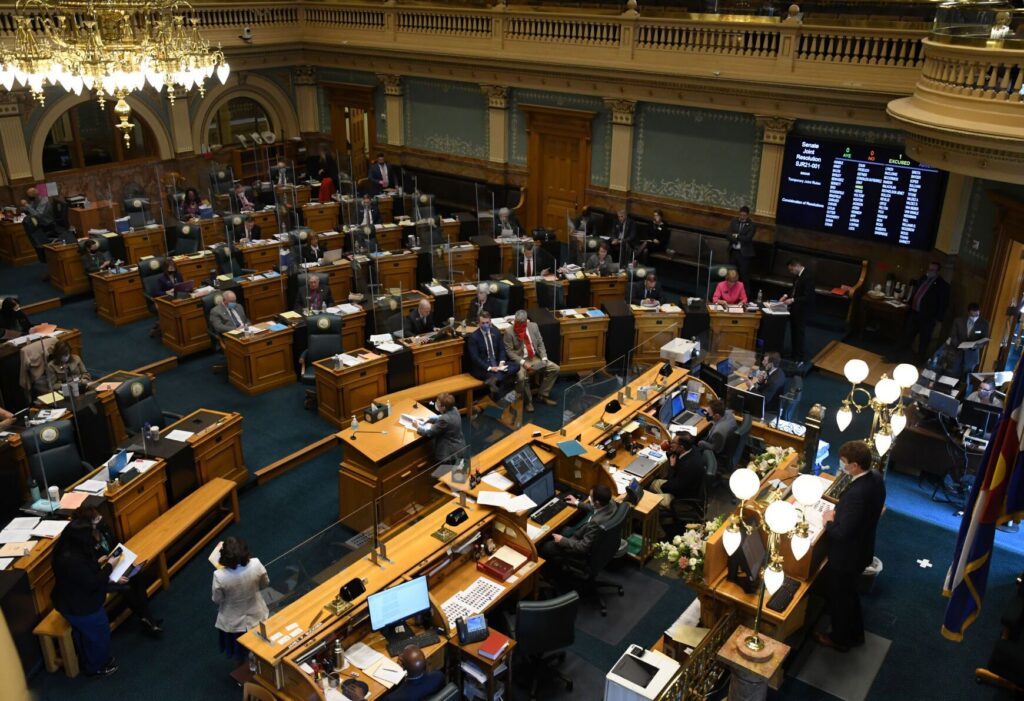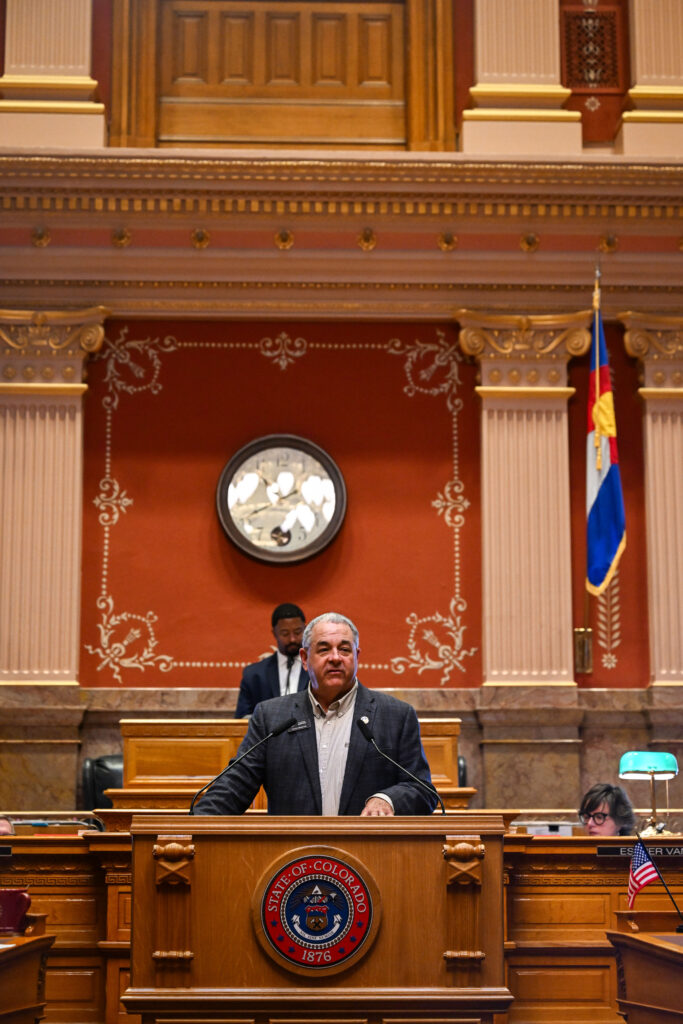Colorado air pollution agency updates state greenhouse gas inventory
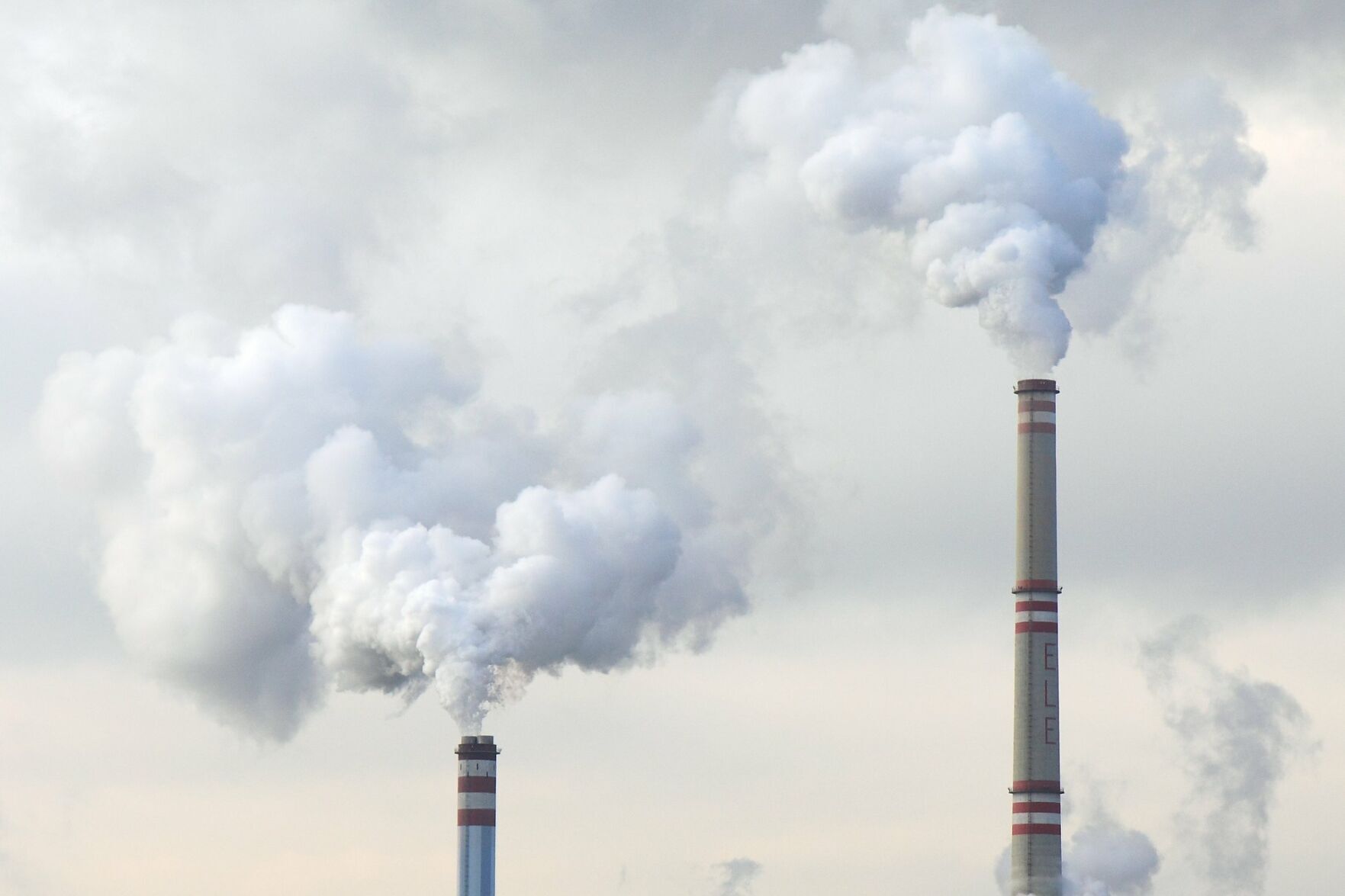
The Colorado Air Pollution Control Division will update an inventory of greenhouse gas emissions as part of its statutory responsibility to keep track of sources and levels of greenhouse gasses during the state’s clean energy transition.
Colorado has conducted greenhouse gas inventories multiple times under different requirements since it was first ordered by Gov. Bill Ritter in 2008. The 2021 inventory was the first one legally mandated by statute, and this upcoming inventory will be the second.
During the first two public informational briefings earlier this month, Environmental Protection Specialist Matt Twyman from the Colorado Department of Public Health and Environment explained the process of inventorying emissions to 34 participants in an online meeting.
Over the past several years legislative actions including HB21-1266, and HB21-1286 extended emissions targets to various sectors such as buildings, oil and gas, and industrial manufacturing.
These laws also require tracking emissions affecting disproportionately impacted communities.
If sectors like oil and gas, or industrial manufacturing, are not on track to achieve their goals rulemaking triggers are established to address the situation.
New GHG inventories are now required every five years. The state has partnered with the Rocky Mountain Institute in Boulder to analyze the data – which is expected to be completed early in 2024.
Twyman explained the timeline and process, which should result in an executive summary by the end of this year and a detailed report in early 2024.
“We’ll publish the final report by the end of year and then work in the new year to publish a polished executive summary and additional interactive graphs on our website,” Twyman said. “There’s going to be an annex and we’re even potentially considering an update that could be published sometime later in the year, depending on different data drops.”
Colorado’s emissions were 147.6 million metric tons of carbon dioxide equivalent in 2005, Twyman said. By 2020 emissions dropped to 129.9 million metric tons, indicating a 12.7% reduction overall.
Notable reductions occurred after 2010, with emissions dropping by almost 30 million metric tons or about 18.6%, he said.
Electric power accounted for almost a quarter of the state’s emissions, while transportation and oil/natural gas systems each contributed to about a fifth. Industry contributed just over an eighth, agriculture just under an eighth, buildings emitted 10%, and waste/coal mining combined emitted less than 2%, Twyman said.
While the inventory will include agriculture, waste, forestry and land use changes, Twyman did not address any existing quantifications for those categories in the meeting.
Agriculture and forestry will include emissions from livestock management, agricultural soils, and land use practices such as occasional field burning, he said. Forestry includes managed lands like forests, croplands, grasslands, wetlands, and settlements, and will include emissions from land use as well as those from converting one land use type to another (e.g., converting forest to settlement).
Some sector quantifications were provided:
Electricity Sector:
? Colorado has targets of reducing electricity emissions by 48% by 2025 and 80% by 2030, compared to 2005 levels.
? Emissions in 2020 were just under 30 million tons, representing a 29% reduction from 2005.
? These figures represent gross emissions from in-state generation and do not include imports and exports, which are being considered from 2021 onwards.
Oil and Gas Sector:
? There’s a 5% increase in emissions in 2020 relative to 2005, but this figure has significant uncertainties due to methodological choices.
? The method used for estimation is acknowledged to have limitations, and future efforts will involve more data to refine estimates.
Industrial and Manufacturing Sector:
? This sector has lower uncertainty emissions compared to oil and gas.
? In 2020, emissions were at 13.5 million tons, indicating that the sector achieved just over half of the required 20% reduction by 2030.
? The majority of emissions come from combustion in the upstream and midstream segments of the oil and gas industry, and efforts are being made to understand emissions from smaller manufacturing sources and unregulated emissions.
Written comments can be made until Dec. 15 on the APCD GHG Inventory page.





